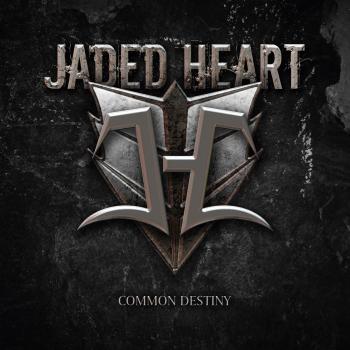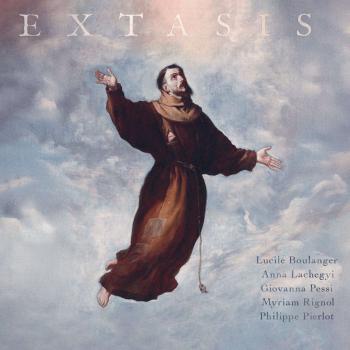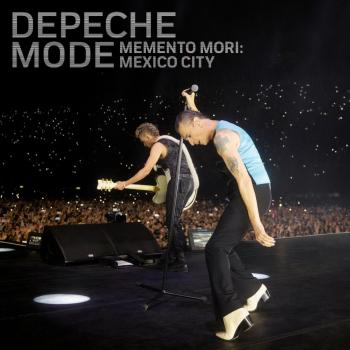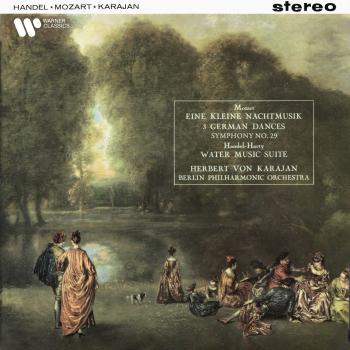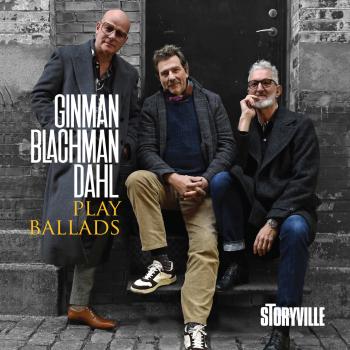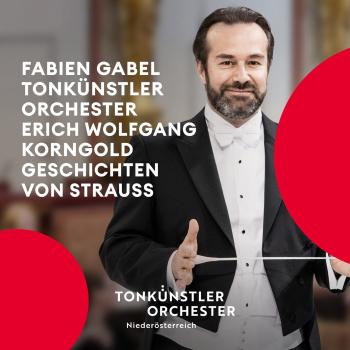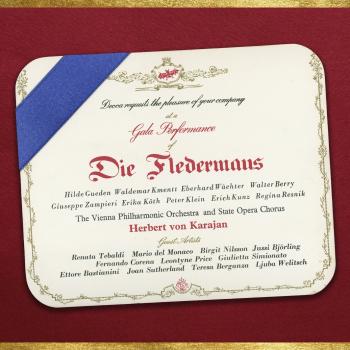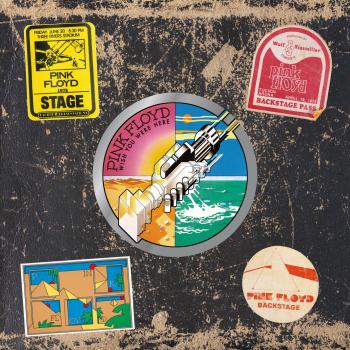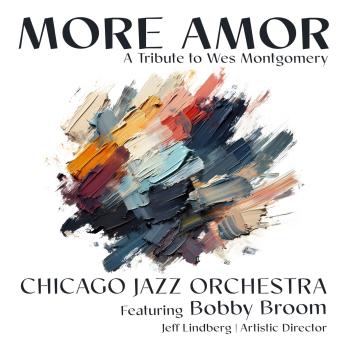Chicago Jazz Orchestra
Biography Chicago Jazz Orchestra
Bobby Broom
Guitar great Bobby Broom knows exactly when he first fell in love with the jazz organ. The magic moment came at age 10 when he put on one of the albums his father had brought home, Charles Earland’s Black Talk! Young Bobby didn’t know or care much about jazz yet. “I was just into music,” he says. But after playing the “Mighty Burner’s” now-classic 1969 album, he was sold.
“Something about that record captivated me from the start, the feeling, it was just like that”, says Broom. “It had ‘The Age of Aquarius’ and ‘More Today Than Yesterday,’ songs I knew from the radio. It made me happy. It made me want to dance. And it made me want to listen. I played that album every day, multiple times a day. It completely enthralled me.”
When Earland moved to Chicago in the late ’80s for a successful comeback, there was no doubt in Broom’s mind who his guitarist had to be. “I thought, this is my gig, obviously, this is my gig,” says the guitarist, laughing. “There’s no way he moves to Chicago and I’m here and I’m not going to play with him! It was the thing doing its thing!”
As documented on Earland albums including Front Burner and Third Degree Burn, the dream gig became a reality, and Broom went on to play and/or record with other Hammond B-3 masters including Jimmy McGriff, Dr. Lonnie Smith, Melvin Rhyne and, once, the king of them all, Jimmy Smith. But he has made his strongest mark in this vein with his own organ groups—first the Deep Blue Organ Trio, a Chicago collective featuring Chris Foreman that lasted 25 years, and its ongoing successor, the Bobby Broom Organi-Sation, featuring B-3 whiz Ben Paterson.
On the Organi-Sation’s terrific new live album, Jamalot, Broom flashes back as ever to Earland’s treatment of pop hits to reach a wider audience. Half of the album, recorded during his trio’s 2014 tour with Steely Dan, consists of tunes that the legendary pop band’s followers would be familiar with, including Stevie Wonder’s “Superstition,” the Animals’ “House of the Rising Sun,” the Beatles’ “The Long and Winding Road,” and Derek and the Dominos’ “Layla”—all of which he had previously recorded.
The other songs on Jamalot, recorded in 2019 at Joe and Wayne Segal’s Jazz Showcase in Chicago, address earlier eras of the popular song movement via “Tennessee Waltz,” Fats Waller’s “Jitterbug Waltz,” Kurt Weill’s “Speak Low,” and Tadd Dameron’s “Tadd’s Delight.” Different audiences with different expectations but connected by a love of classic melodies.
Broom, who had previously opened for Steely Dan with the Deep Blue Organ Trio, initially turned down the invitation to tour with them again. Following the dissolution of the DBOT, he was between organ groups and was uncomfortable with “wrangling” a Hammond player he didn’t know musically or personally.
Told of his decision, one of his regular drummers, Makaya McCraven, now a mega-force incontemporary music, got in his ear. “He said, ‘What?What? What are you doing? You can’t not do this, man, ”Broom says with a laugh. Who turns down an opportunity to go on the road withlegends? With McCraven’s help, Broom spun through their lists looking for a worthy candidate.
When Paterson’s name came up, it stuck. Broom had never worked with the Philadelphia native,but he had heard him a few times (Paterson was a longtime regular in Chicago tenor great VonFreeman’s band) and liked what he heard. As he had done in drafting key boardist Justin Dillard for his2022 album, Keyed Up, the guitarist went with his hunch. The timing was perfect. Paterson, who had moved to New York, was returning to the Windy City for a gig and would be able to rehearse with the new trio. McCraven and Kobie Watkins, a long time musical partner of Broom’s, would alternate on drums (depending on the needs of their pregnant wives).
“Ben was a perfect fit for me, exactly what I was looking for in a new organ trio, which was freedom, ”says Broom. “He has a background in jazz organ tradition, but his sensibility also leans toward pop music, popular song, from past eras, the Great American Songbook as well as rhythm and blues and soul music. His melodic sense is really personal. As much as I love the blues, I don’t want to just hear someone play bluesand that’s it. Ben plays melodies.”
“Performing with Bobby is always an exciting proposition, ”says Paterson.“He always puts his whole self fully behind every tune and every note. He never dials it in or simply plays something. Sitting between Bobby’s lead and Kobie or Makaya’s incredible groove, at the heart of the band, is one of my absolute favorite places to be.”
Bobby Broom was born in Harlem, New York, on January 18, 1961, and raised on Manhattan’s Upper West Side. He had what he calls “intimate relationships” with the tunes that came on his radio. “When my favorite songs came on, they were like friends knocking on my door,” he says. He aspired to one day play some of those great songs, but not until he was ready.
He began studying the guitar at age 12,concentrating on jazz under the aegis of Harlem-based guitar instructor Jimmy Carter. A 16-year-old prodigy at the High School of Music and Art(now known as the LaGuardia High School of Performing Arts),Broom played in the jazz ensemble and was awarded for Outstanding Jazz Improvisation during his senior year.
Chaperoned by Weldon Irvine (an early mentor of his, composer for Freddie Hubbard and Horace Silver, bandleader for Nina Simone, and lyricist of “To Be Young, Gifted and Black”),the 16-year-old Broom found himself in an East Side NYC jazz club for the purpose of being taught to sit in. That lesson became a reality for Broom when Al Haig, pianist for Charlie Parker, invited him to join in for a couple of tunes. Impressed by the youngster’s playing, Haig offered him the chance to play with him at Gregory’s on the Upper East Side whenever he wanted. Broom ended up playing two or three times a week there, and also got to play, with great awe, with another notable Bird keyboardist, Walter Bishop, Jr.
The Chicago Jazz Orchestra is Chicago
oldest continuously operating professional jazz orchestra. Founded in 1978 by Jeff Lindberg and the late Steve Jensen, the Jazz Members Big Band became the Chicago Jazz Orchestra Association in 1999.
In the spring semester of 1978, the University of Illinois Jazz Band hit a performance level that the group had not achieved in years. The band was filled with musicians who had been attracted to the University’s jazz program because of the legendary band of the late 60s and early 70s. The spirit of the ’78 band was so positive that a number of the musicians, including trumpeter Steve Jensen and trombonist Jeff Lindberg, wanted to keep it going after the school year concluded, albeit in Chicago. Jensen moved to the North Side of Chicago to establish a career as a free-lance trumpet player; Lindberg moved to the southern suburb of Flossmoor to take a part-time teaching position at Homewood-Flossmoor High School.
In May, 1978, the University of Illinois Jazz Band recorded a 23-minute set in the studios of WCIA-TV in Champaign for a small assembled audience of six people. The program was broadcast locally as "The Saturday Report."
In 2019, the complete video was uploaded to YouTube. (at right) In it, the band performs "Down for Double," "Girl Talk," "19 Before Soc's Last Cup," and "Closeout." The Band's director, John Garvey, also gives a prophetic interview about the future of his young players.
In September of 1978, Jensen and Lindberg organized a band that rehearsed for the first time at Redford’s, a club located on Halsted Street on the north side of Chicago. Its membership included musicians who had recently moved to Chicago from the University of Illinois at Urbana-Champaign, musicians from U of I who had previously relocated to the Windy City, and a few non-U of I musicians. The owner of Redford’s allowed the group to rehearse there because the University Band had performed at Redford’s the previous May and sold the place out. The owner had visions of this new band doing the same, but it was not meant to be. The rehearsal went well, and a name for the band––Jazz Members Big Band––was selected by trumpeter Ric Bendel. Nevertheless, the owner of Redford’s lost interest and there was no subsequent rehearsal or performance at that club.
Steve Jensen made a few inquiries around the North Side and found a place called Gaspar’s (now Schuba’s) on the corner of Belmont and Southport Avenues. The original structure of Gaspar’s was an old German bar with a separate dance hall behind the bar area. Gaspar’s owner was willing to let the group play in the dance hall on Sunday evenings for the door; thus, the Jazz Members Big Band’s premiere performance was Sunday, October 29, 1978, at Gaspar’s. The cover charge was probably less than $5.00.
The Jazz Members Big Band could not have picked a worse time to organize. The first few months of their weekly engagement went fairly well, but the winter of 1978-79 was one of the worst in Chicago’s history. Heavy snowstorms and blizzards pummeled the Windy City week after week, and the Jazz Members Big Band struggled even to hold performances. In those days, the band played three 50-minute sets on Sunday nights; during the winter of 1978-79, the audience often numbered less than 20 for the entire evening. But Steve and Jeff persevered, and somehow the band made it through the winter. Chicago Mayor Michael Bilandic’s political career did not survive that horrible winter, but the Jazz Members Big Band, against all odds, did.
The spring of 1979 brought renewal and hope. Audience numbers picked up, and the band’s sound improved because its personnel became more stable. Steve and Jeff began to invite special guest performers to join them for performances at Gaspar’s, which attracted even bigger crowds and expanded the band’s repertoire. Guest artists during this period included drummer Barrett Deems, saxophonist Eric Schneider (a U of I Jazz Band alum who had joined Earl Hines’s band and later the Count Basie Orchestra after leaving Urbana-Champaign), tenor saxophonist Johnny Board, trumpeter Art Hoyle, and others. Even John Campbell, the JMBB’s original pianist who had left early on to join Clark Terry and later Mel Tormé, would return whenever possible to play with the group.
The Jazz Members Big Band began to attract the attention of members of the Jazz Institute of Chicago, a not-for-profit organization that in 1979 was planning for an annual jazz festival to be presented at the relatively new Petrillo Band Shell in Grant Park. JIC members Richard Wang, Penny Tyler, and Art Hoyle were impressed enough with the Jazz Members Big Band to invite the group to be the first band on the first night of what was to become the annual Chicago Jazz Festival. Thus, at 6:00 p.m. on Wednesday, August 29, 1979, the First Annual Chicago Jazz Festival was launched by a virtually unknown Chicago group: the Jazz Members Big Band.

